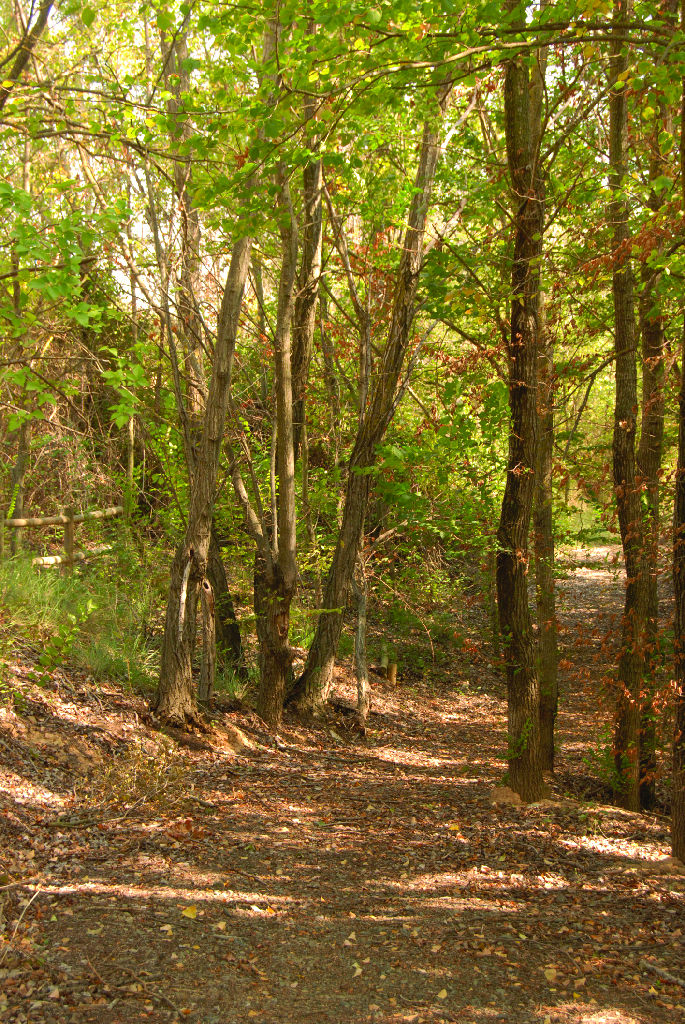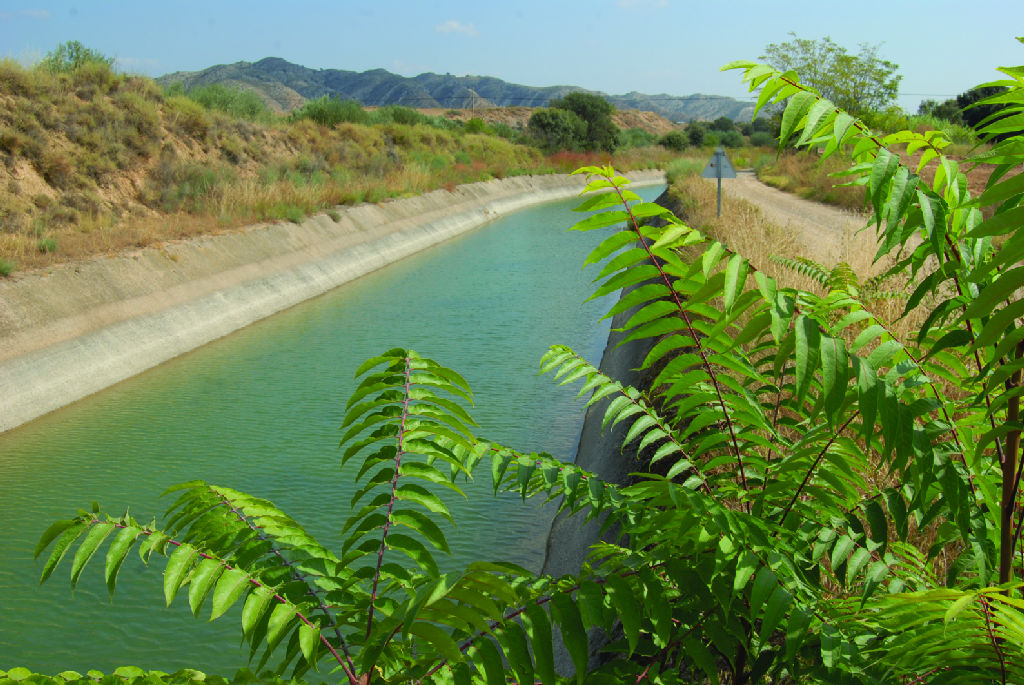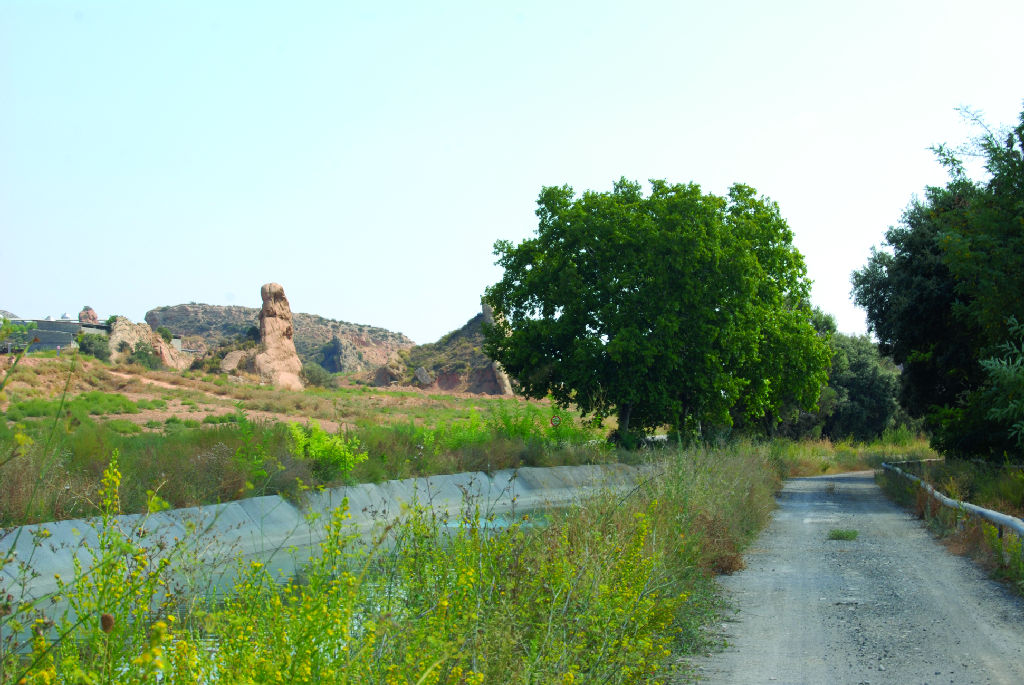- Home
- Rural Development
- Nature Trails
- Nature Trails
- Northeast Sector
- Sifón de Albelda
Sifón de Albelda Nature Trail
Description

A route to celebrate a century of engineering
The start-up of the Aragón and Catalonia channel on 10 May 1909 radically changed agricultural work in the region of Albelda as, up until then, its crops were basically dry. In addition to its purely functional purpose, since then, its ten-kilometre long construction has allowed this area, which is now covered by this Nature Trail, to be used for recreational purposes.
The route begins at the entrance to the irrigation channel, at the boundaries of the municipality of Abelda, where an information board provides details of this major construction. An acacia-lined (Acacia sp.) avenue leads to an environment Interpretation Centre, where the installation of a Water Museum is planned, and continues as far as an entrance to the A-140 highway, to then reach, a little further ahead, another asphalted track that enters the town.
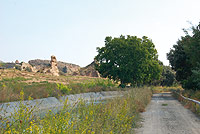
At this point, travellers can use one of the route’s car parks, as well as an area outfitted with benches, tables and another Nature Trail information board. The route continues as far as a viewpoint from where you can see the grain silos of Escombrius, some mediaeval excavations in soft sandstone from the area that can reach a depth of up to four metres.
Continuing along a section shared with traffic, the route reaches an irrigation channel next to one of its bridges. On crossing it, you can arrive at the wells of Figureta and Sants, and then continue as far as Coll de Foix. This section of the itinerary runs parallel to the Aragón-Catalonia channel’s service road which is why, on crossing this irrigation area, you will come across countless water connections, sluice gates, pumps and a large pool.
After this crossing and for a few metres, the path continues surrounded by trees-of-heaven (Ailanthus altissima) until it reaches one of the bridges that crosses to the other side of the channel. The route passes over an intersection with the road, where you should take great care, to then temporarily distance itself from the water conduit and it arrives at an intersection from where you can approach the wells of Pedrezuela, although the itinerary continues straight ahead across a typically Mediterranean landscape where evergreen oaks (Quercus ilex)prevail.
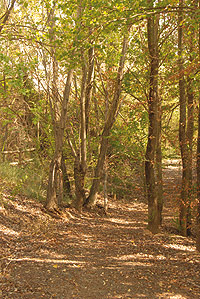
A distinctive feature of this section is the strange shapes adopted by the hills as a consequence of their gypsum-rich soils, which affect the flora and fauna there.
After the next bridge reached by the route, blocks of sandstone, sculptured by the wind, outline the horizon. The path briefly distances itself from the channel, until it joins its right bank once again next to countless irrigation heads that quench the thirst of the fields in the area.
The Nature Trail continues straight ahead until it passes over one of the bridges over the irrigation channel, and reaches a track that leads to a recreational area surrounded by fruit trees under the road, which has been outfitted with car parks for vehicles and bicycles, as well as swings, benches and an area set aside for doing sport.
The route then reaches the A-140 highway, that is overcomed by an underpass. From this point onwards, the track is boxed in between the water conduit and the road. After crossing two bridges, the trail passes over a small stream bed via a wooden walkway and reaches, barely 300 m away, a viewpoint that dominates the valley, in another rest area outfitted with tables, benches and a bicycle park. After regaining your strength, you will begin the last section of the trail through a poplar grove, until, at kilometre 10 of the route, you come to another viewpoint over Coll de Foix.
The route is completed at the irrigation channel plant, at the end of the municipality of Albelda, where an interpretation panel informs travellers about special features in the surrounding area.
Sites of interest
Profile
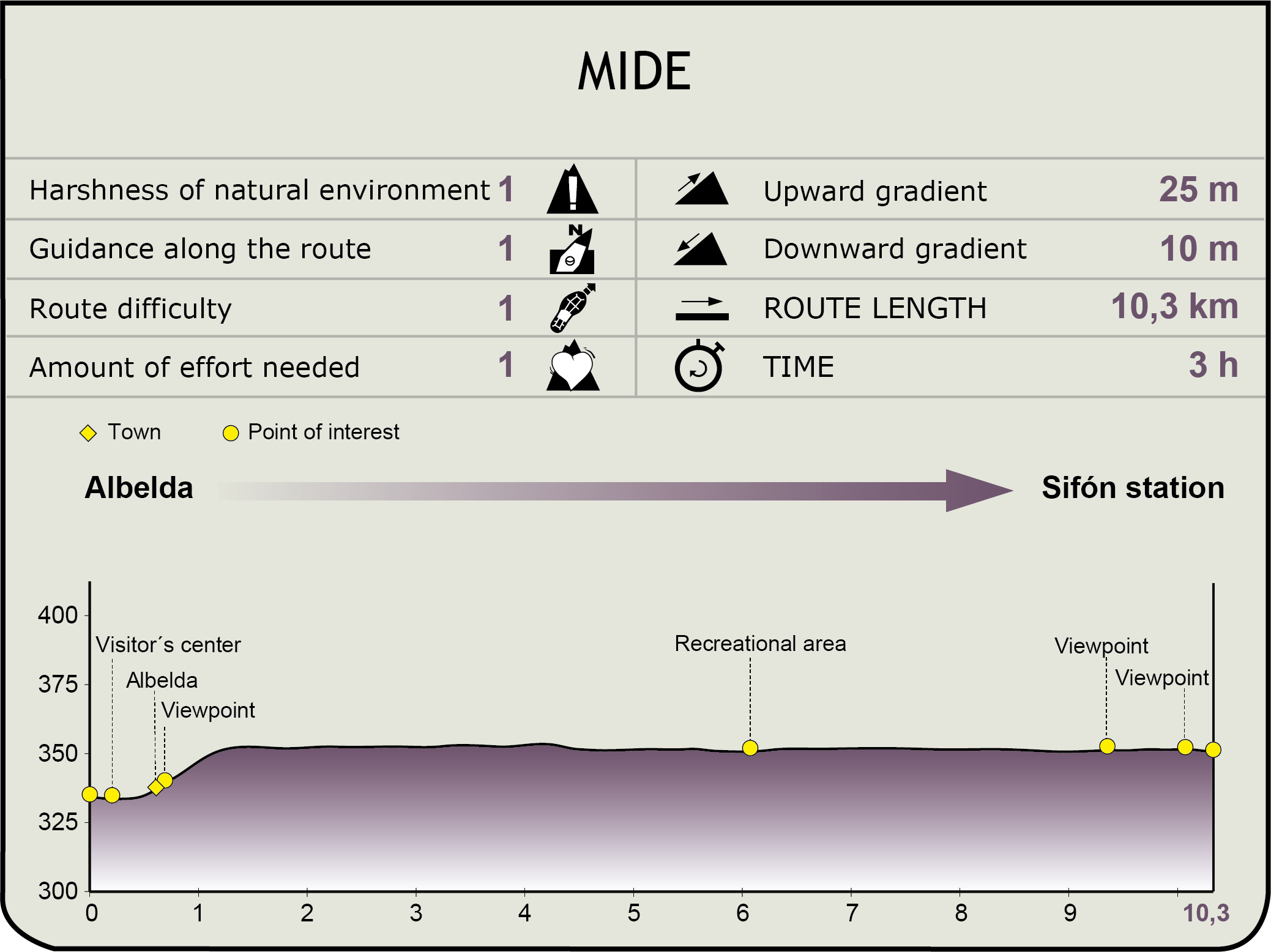
MIDE (Method for the Information of Excursions)
Featured
Further information
Aljibes(Wells)
Across the entire municipality of Albelda, you can visit some twenty wells, which are reservoirs excavated into the rock for collecting rainwater.
This simple water usage strategy was inherited from the Arabs, who used this primitive system to offset the scarcity of this resource in the area.
Outcrops of sandstone rocks, which were easily broken, were used to create a channel network. Through these, they received rainwater, which they poured into the wells located at the bottom, where it was stored.
The Aragón and Catalonia canal
The origin of the Aragón and Catalonia canal project can be found at the end of the 18th century, in the Age of Enlightenment, but it was not completed until the end of the 19th century as a consequence of the Napoleonic Wars.
The need to irrigate the dry plains of the region of La Litera drove the residents of Tamarite to formally petition for the construction of a canal that would take advantage of the waters of the River Ésera and of the River Cinca. It is for this reason that the canal was initially called Tamarite until it received its current name in 1876.
The size of the construction work is an excellent example of engineering at the time. The then innovative reinforced concrete was used to build the infrastructures to overcome the unevenness of the terrain. The conduits that most stand out for their advanced technique, among the many that formed part of this major public construction work, were the irrigation channels of El Sosa and of Albelda.
